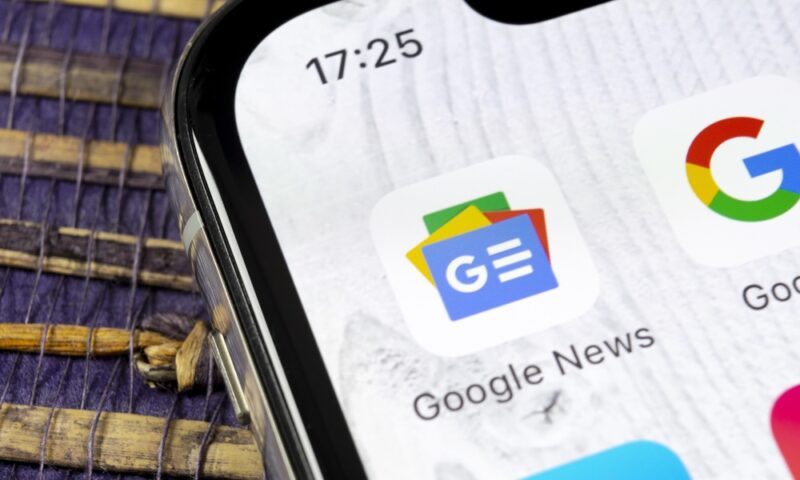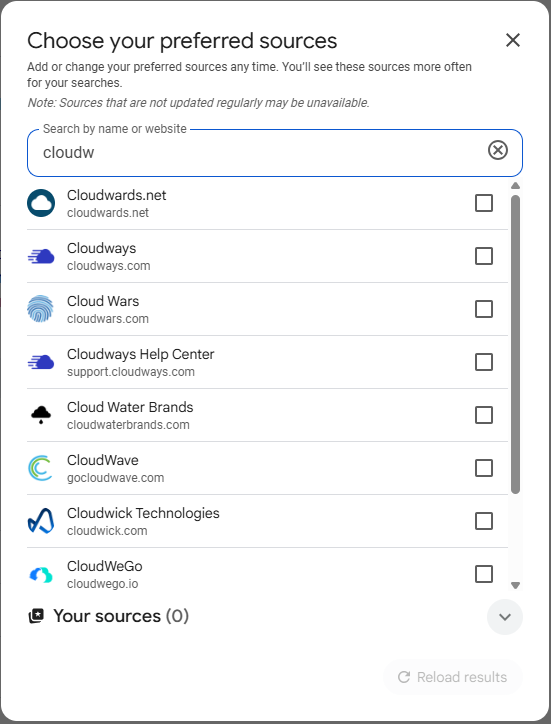Google to Let Users Pick Preferred News Sources, Allowing for Personal Customization of Search Results
The new feature is being rolled out for English language searches in the U.S. and India, but will likely be more widely implemented in the future.

Initially announced as an experiment that required users to opt in via Google Labs, the preferred sources feature has now been rolled out to all users in the U.S. and India. When users search for a query in English that triggers the “top stories” block at the top of the results page, they can now click a button to pick their preferred sources.

It’s worth noting that the preferred sources seemingly only apply to the “top stories” block at the top of the regular results page, whereas the actual News tab still ranks pages and sources normally.
Although this is a fairly minor change as of now, if Google decides to implement similar functionality for its search results as a whole, it would massively change how users interact with the search engine as a whole.
The new feature also comes as Google is struggling to adapt to the new online landscape created by artificial intelligence. Google’s market share in search has been gradually declining over the past few years, dropping below 90% for the first time in decades late last year.
Part of this may be due to the growth of artificial intelligence for answering basic questions and informational queries. In an internal document released during one of Google’s pending lawsuits, executives referred to a loss of traffic for Google search and ads due to AI as “inevitable.”
It’s clear that this feature change is just a small part of an overall initiative on Google’s part to not get left in the dust by artificial intelligence. AI overviews from Gemini have become common for the majority of queries, and the company introduced a full-fledged AI mode this May.
Whether these initiatives will succeed in keeping Google in its dominant position on the internet remains to be seen, but it’s clear that they’re throwing anything they can at the wall and seeing what sticks.
The preferred news also has the potential to exacerbate existing information bubbles, with people able to choose their sources, rather than getting news from a variety of perspectives.

